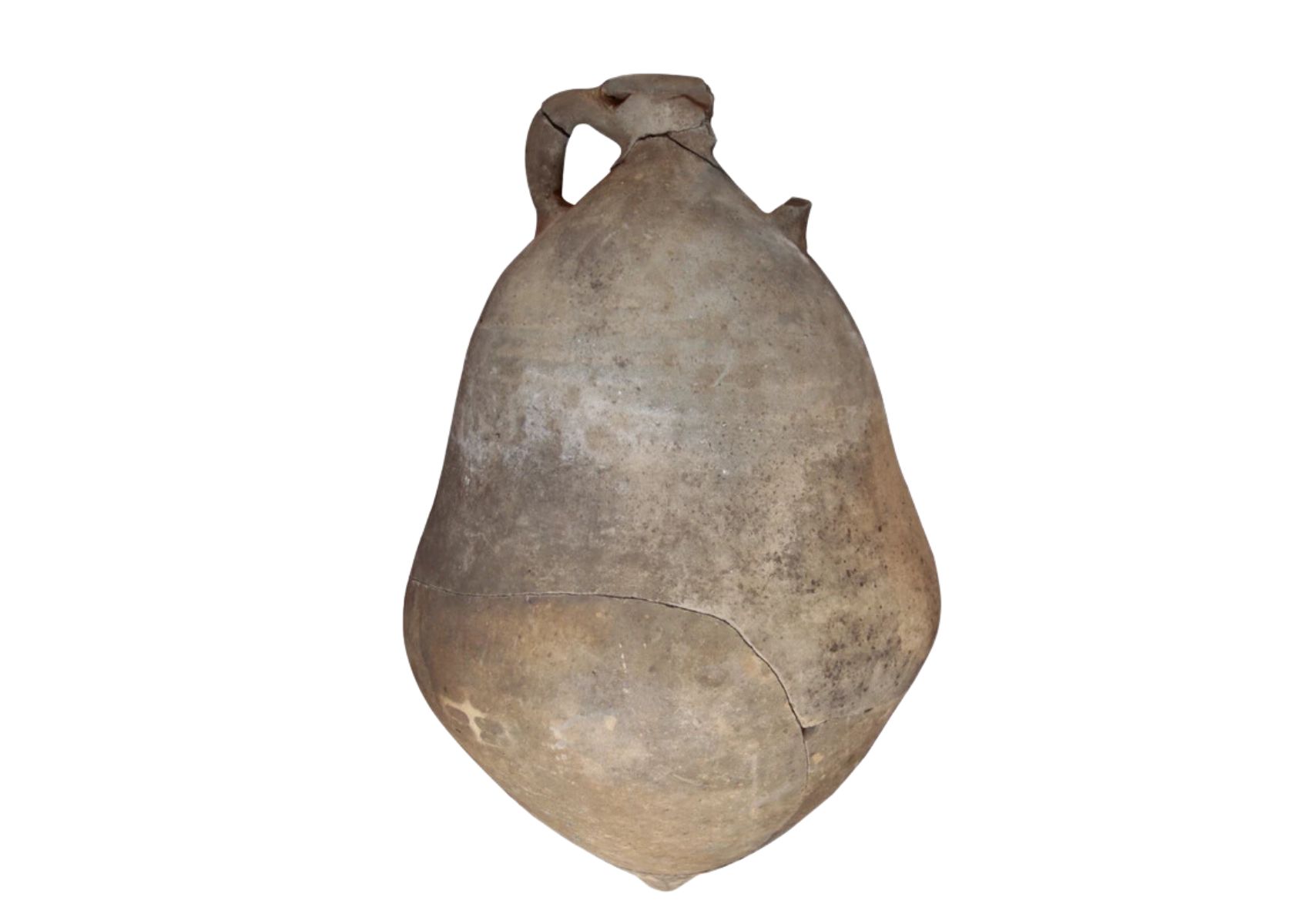
A new study, featured in the journal “Archaeological and Anthropological Sciences,” brings to light important discoveries on an ancient Roman shipwreck found near Mallorca, one of Spain’s Balearic Islands.
Situated only 65 meters away from a well-visited beach close to Palma, Mallorca’s capital, this shipwreck has caught the interest of many due to its preservation and interesting cargo.
A group of archaeologists and researchers conducted the study using a detailed analytical method to uncover the secrets behind the shipwreck’s origin, contents, and importance.
They used various techniques such as petrographic analysis, archaeozoology, residue analysis, and the examination of wood and plant remains to thoroughly investigate the site, according to “Archaeology” magazine.
Amphora named ‘Ses Fontanelles I’ found in the wreck
Inside the ship’s cargo area, researchers discovered a collection of ceramic objects, mainly amphorae, which were commonly used to store and move different items.
A significant discovery from the study is the recognition of a new kind of amphora, called Ses Fontanelles I, only found in this wreck. The newly identified amphora is larger and heavier than others, and it was mainly used for transporting plant oil.
The recovered amphorae from the shipwreck have painted inscriptions called tituli picti, which give important details about where the items came from, what they were, and who owned them.
These inscriptions tell us that the makers of the amphorae were Ausonius et Alunni, and they also reveal that the cargo contained fish sauce, olive oil, and wine.
During the Late Roman era, fish sauce, called liquamen flos, was a popular flavor enhancer, different from the more commonly known garum.
The analysis suggests that this fish sauce was mainly made from anchovies (Engraulis encrasicolus), with some sardines occasionally mixed in.
Materials used in the construction of cargo
Residue analysis of the amphorae showed signs of grape derivatives, possibly used to add flavor or preserve the contents. Additionally, traces of animal products were found, adding to the complexity of the cargo.
The materials used to build the ship’s hull were carefully examined. Pine was used for the main parts, while harder types of wood like juniper, olive, and laurel were used for assembly. Vine branches and other plants were used as filler and to protect the cargo during the voyage.
Based on the research, it’s likely that the ship set sail from the Cartagena area in southeastern Spain, traveling along the trade routes of the Western Mediterranean. This thought is supported by the petrographic analysis of the amphorae, which suggests a link to the Cartagena region.